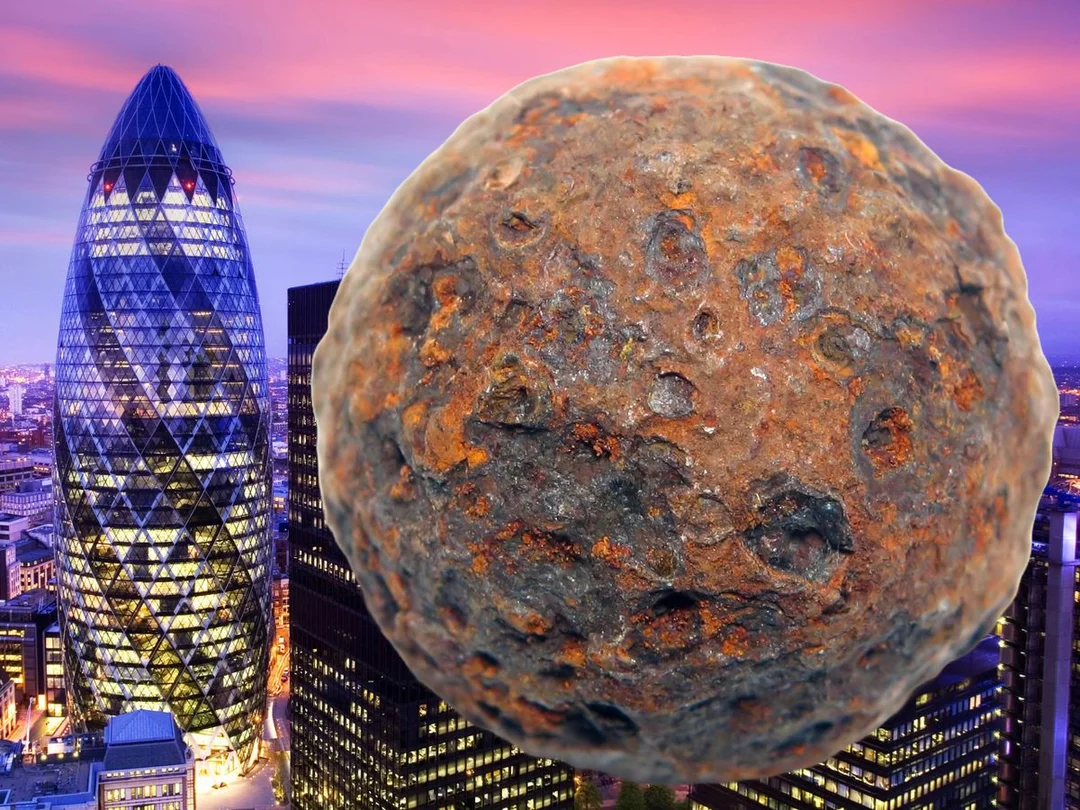
Newly Discovered Asteroid 2025 FA22 Joins ESA’s Impact Risk List: Should We Be Concerned?
A newly discovered asteroid named 2025 FA22 has entered the top five positions on the European Space Agency's (ESA) risk list, sparking interest and concern. This 200-meter (656 feet) diameter space rock, roughly the size of London's iconic The Gherkin or New York's Trump Tower, has a very low but measurable probability of impacting Earth in 2089. But how worried should we really be?
Detected by Pan-STARRS 2 in Hawaii on March 29, 2025, asteroid 2025 FA22 belongs to the Apollo group of asteroids. While its assigned impact probability is currently low, at around 0.01% for September 19, 2089, its assessment on the Palermo Scale is above -3, placing it near the 0–1 boundary on the Torino Scale, indicating a very low but non-negligible risk.

What makes this discovery significant? While the probability of impact remains small, ESA maintains a watchful eye on near-Earth objects (NEOs). As of early May, over 38,307 asteroids and 123 comets are classified as NEOs, with 1,782 currently listed on ESA's risk list. 2025 FA22 currently sits third on ESA's “watchlist”. The next close approach is scheduled for September 18, 2025, at a distance of 2.2 lunar distances (LD), or 0.005 AU.
Comparatively, asteroids like Apophis (99942 Apophis), a 340-meter behemoth, once caused considerable concern due to a higher initial probability calculation of impacting Earth in 2029. Although impact has been ruled out for the foreseeable future, Apophis will still make a significantly close pass on April 13, 2029, passing within 19,000 miles from Earth, close enough to be visible to the naked eye.
Another recent scare involved asteroid 2024 YR4, which initially suggested a potential impact on December 22, 2032. While the impact risk has since been downgraded to nearly zero and the asteroid removed from ESA's risk list, these instances highlight the importance of continuous monitoring and assessment of NEOs.

ESA is actively improving its asteroid detection capabilities. The agency's first Flyeye telescope, designed to automate and accelerate asteroid detection, is currently undergoing testing and validation at the Italian Space Agency site in Matera. The telescope should get fully underway starting in 2026.
While the potential impact of 2025 FA22 in 2089 remains a distant possibility, these discoveries serve as a crucial reminder of the importance of planetary defense and ongoing efforts to understand and monitor the space environment. The upcoming close approach in 2025 will hopefully provide more data clarifying the asteroid's trajectory.
What are your thoughts on the potential risks posed by asteroids? Do you believe enough resources are being dedicated to planetary defense? Share your comments below.